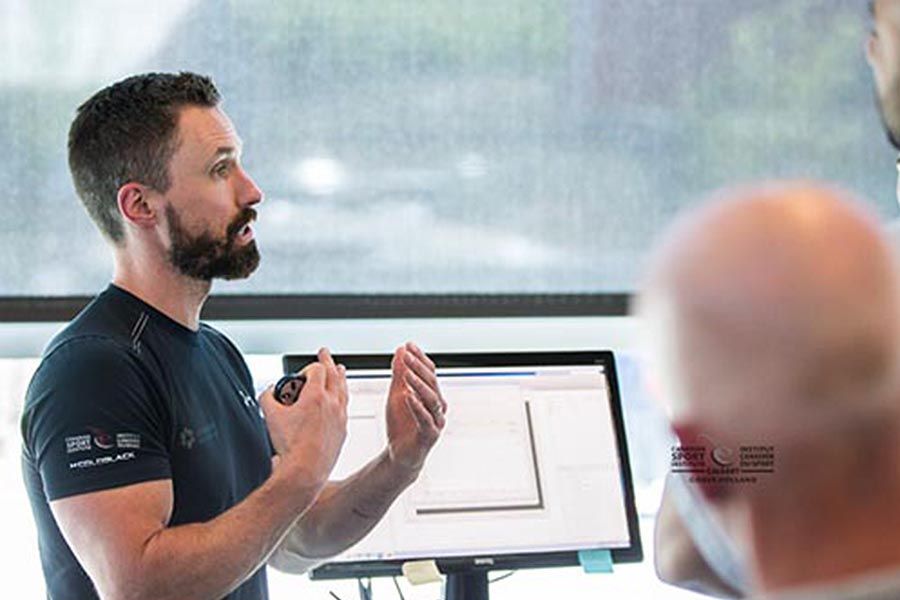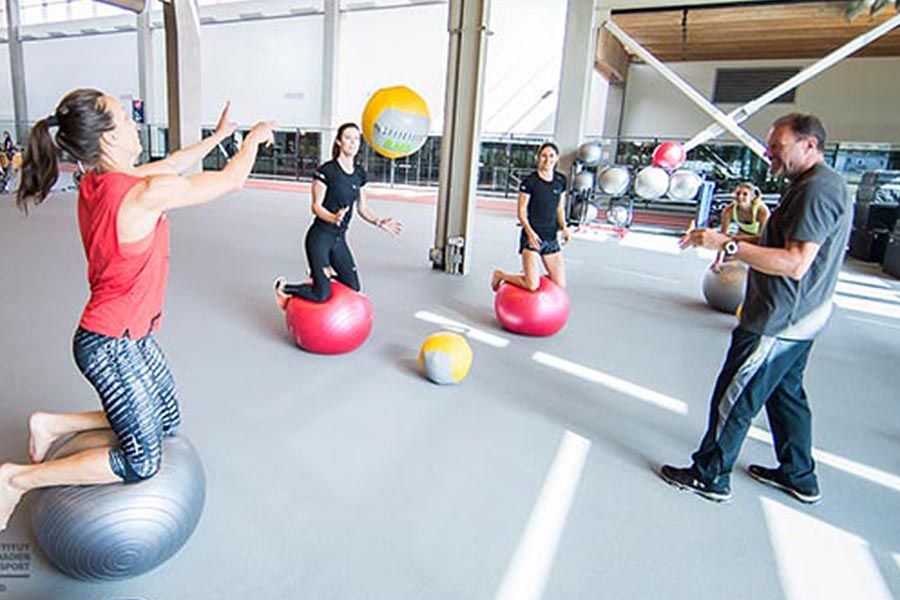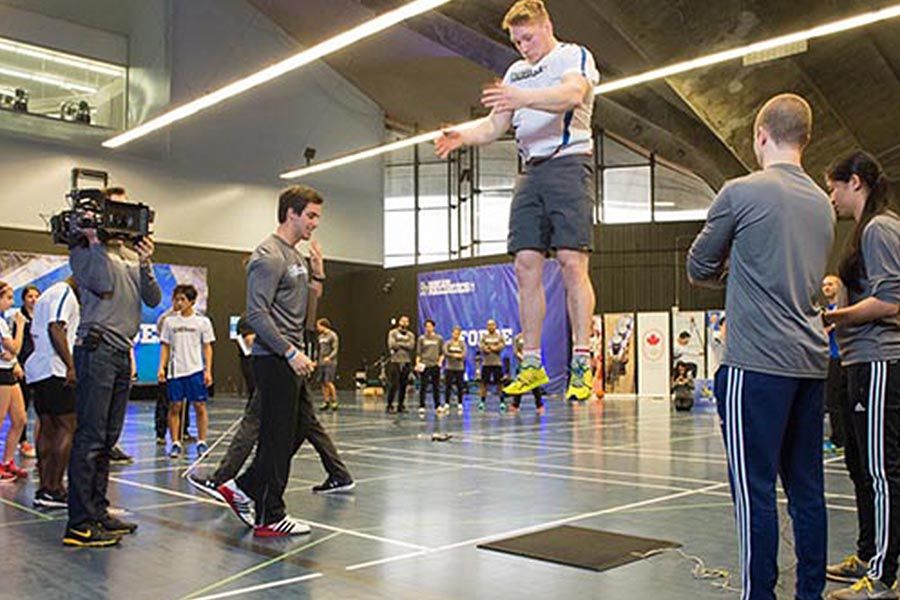Small Changes Can Make Big Differences For Para Athletes
Working with para athletes requires more than just the knowledge of sport specific training and physiology, it demands a special creativity. Tessa Gallinger and Bryan Yu are two CSI Calgary Strength and Conditioning Coaches working with para athletes, adapting their training environment where necessary to meet individual requirements.
Pursuing her MSc., Gallinger is specializing in muscle length changes with sport-specific velocity training in young adults with cerebral palsy. Having worked with adaptive sports for almost six years, she stresses that keeping it simple is paramount to creating adaptive programming.
“Coaches working with para athletes need to have a good understanding of sport and the type of impairment they are working with, but it doesn’t need to be complicated.” Gallinger explains. “You don’t need fancy equipment, you just have to be creative in applying your knowledge and adapting it to meet individual needs.”
Yu adds, “There is a lot of thought that goes into making small changes. Coaches need to understand how the impairment affects athlete performance.” He finds training with smaller, diverse groups and developing organic solutions and adjustments is a welcome challenge. “I love the creative element required in adaptive programming – I have to be thinking outside the box.”
Pro Stergiou, CSI Calgary Biomechanist and Performance Analyst uses technology for the assessment of athletic performances in para sports. Over the years he has worked closely with goalball, para-swimming and sledge hockey. He enjoys working with para athletes and the wide range of adaptations that can be made to fit individual needs. “Working with para athletes is very rewarding,” says Stergiou. “With small changes in either training or technique, you can make big differences.”
Gallinger, Stergiou and Yu are hosting a workshop in the CSI Calgary on March 25 as part of the 2017 Adapted Physical Activity (APA) Symposium put on by Mount Royal University, The Steadward Centre for Personal and Physical Achievement and sponsored by the Alberta Sport Connection.
This third semi annual Symposium is a unique opportunity for stakeholders involved in sport and recreation for persons with disabilities to meet and share best practices, common challenges and ways to address them. “We are thrilled to have the CSI Calgary expertise for the Symposium,” says David Legg, Professor at Mount Royal University and Chair of the Organizing Committee. “CSI Calgary adds a significant level of knowledge as one of the leading international sport science institutes for Paralympic athletes. Delegates will have unique access to some of the most innovative thinkers in adaptive sports and will have the opportunity to see techniques being implemented up close with Paralympic athletes.”
What do the CSI specialists want workshop participants to come away with? They want people to understand that training para athletes doesn’t need to be flashy or complex. Working towards a high performance goal, the optimal training program takes into consideration individual requirements and makes as few adaptations to the program as possible.
For more information on the 2017 Adapted Physical Activity Symposium March 23 – 25 www.apasymposium.com.
Canadian Sport Institute Calgary: @csicalgary
Written by Lisa Thomson
Photo by Dave Holland: @csicalgaryphoto
01/03/17
Partner, Sport Science Solutions, Tessa Gallinger, Biomechanics and Performance Analysis, Paralympic Athlete, Paralympic Athelte, Performance Services, Canadian Sport Institute Calgary Team, Strength and Conditioning, Alberta Sport Connection, Mount Royal University, Bryan Yu, Pro Stergiou





